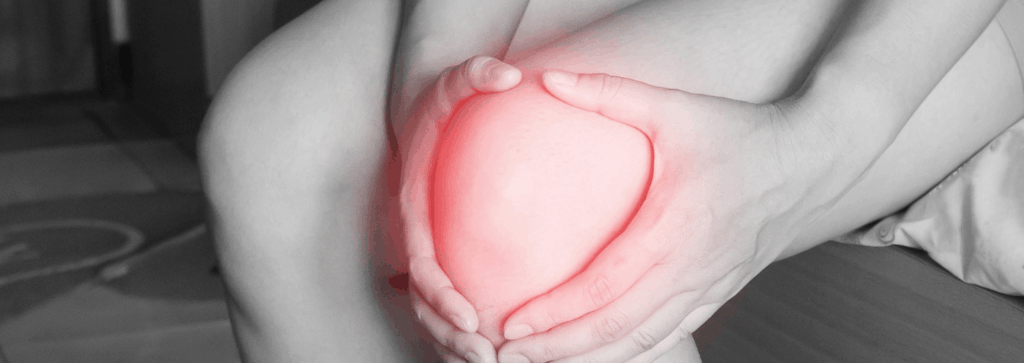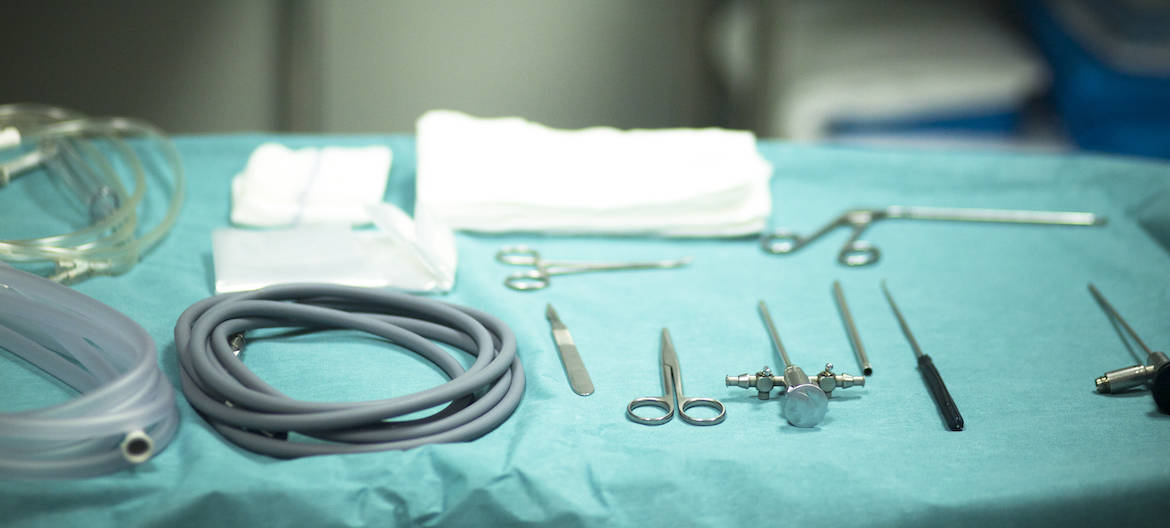Kim Wilson has written this fabulous blog about quite a common scenario that we see – nerve pain in disguise as plantar fasciitis.
What is plantar fasciitis?
Heel pain is a common and debilitating problem in the general population.
Often pain on the underside of the foot that is aggravated with activity is diagnosed as plantar fasciitis.

Plantar fasciitis is an overload of the connective tissue on the sole of your foot that helps provide a flexible but also rigid support mechanism for your body to move on. (That might seem contradictory, but it depends on what phase of gait the foot is in).
Plantar fasciitis can be difficult to treat and is often slow to heal. It requires similar treatment to tendon problems ie initial unloading followed by gradual exposure to load.
But in some cases, the pain persists despite treatment.
In these situations it is common that the problem does not solely lie with the plantar fascia. (Editor’s note – I think that Dad joke was unintentional)
How can nerves be involved in plantar foot pain?
There are many little nerves around the ankle which travel downwards and divide into tiny little branches.

One of these nerves is the medial calcaneal nerve. It travels on the inside of the ankle, onto the heel and then under the foot.
This nerve is in close communication with the heel bone (where the plantar fascia meets the calcaneum (heel) bone. This is also the site where heel spurs often ‘grow’).
This nerve can become bothered primarily by overload or secondarily in the presence of other pathology.
Nerves are slippery little suckers which slip and glide and move as we move. Sometimes however they can get squished, or pinched, or even just irritated.
This can result in pain and in my experience is this is what is often missed when treating heel pain.
How often are nerves involved in heel pain?
Research shows that this nerve can be involved in 20 percent of all heel pain.
If the nerve irritation or entrapment is missed, this results in pain hanging around longer than expected.
Healing times for plantar fasciitis are slow, it often takes 6 months for this to get better. But it should not take years.
Many times I have had seen clients with a long history of plantar fasciitis.
They often tell me that there is a ‘bone spur’ in there which keeps flaring it up. But bone spurs generally exist pain free, the effect of prolonged traction on the plantar fascia attachment. It is often the tricky little nerves which are sensitised and causing pain in the heel.
Thorough assessment is critical
Proper assessment of the nervous system should be done early in the assessment and management of heel pain. This includes identification of muscle weakness and wasting, sensation and abnormal nerve mechanics –
Make sure you find a physio who looks outside of the box.
Plantar Fasciitis is not always what it seems.
A good first step if you have foot pain or heel pain is to organise a GaitScan assessment with one of our physios.
It is easy to book in for a FREE GaitScan!
Either click here to go to the Online Bookings page. There, just choose ‘Free GaitScan’ or call us on 8356 1000 and find a time that suits you!
It only takes 15 minutes. And it might reveal some unknown information that helps solve your foot, ankle, knee or hip pain!
For more information about GaitScan and how it can help you solve your problem, click here to go to our GaitScan page. This page has heaps of information and an explanatory video of how it works.
















